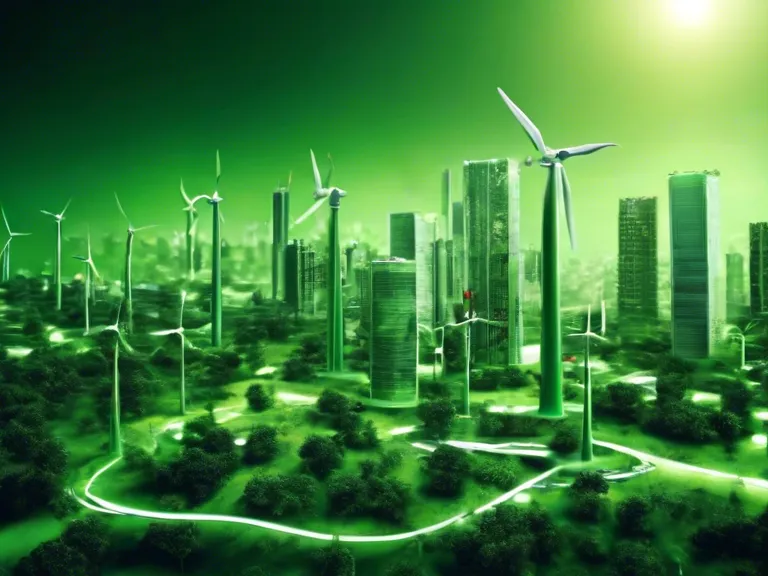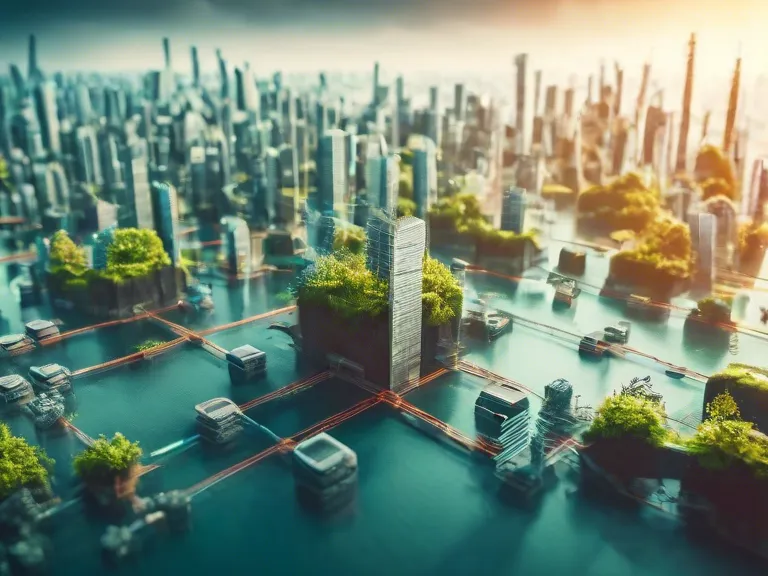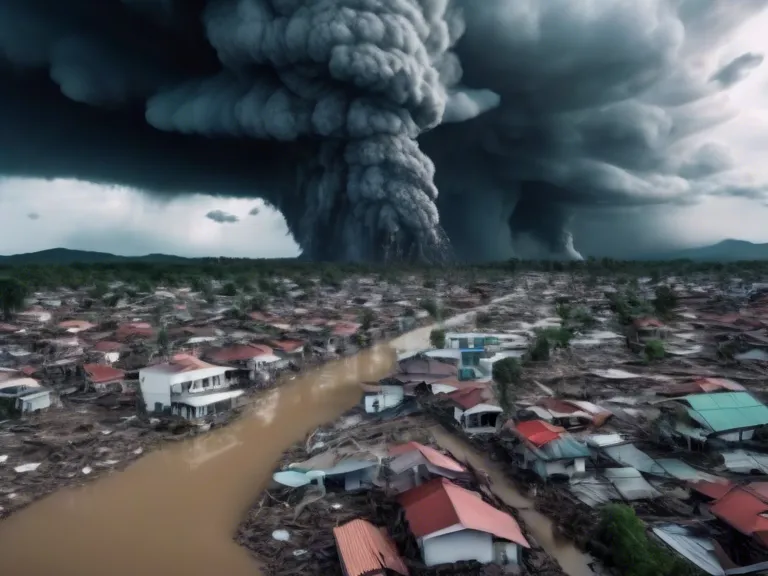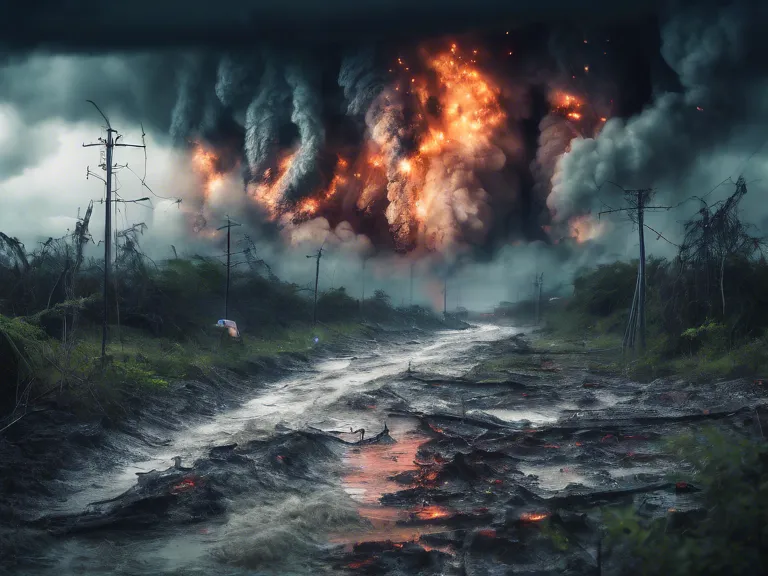
With the increasing frequency and intensity of natural disasters, the need for innovative technologies to mitigate and recover from such events has become more apparent. Green tech innovations offer sustainable solutions that not only help in disaster mitigation but also aid in reducing the impact on the environment. From renewable energy sources to smart infrastructure, here are some green tech innovations that are transforming disaster resilience efforts.
One of the key areas of focus is leveraging renewable energy sources such as solar power and wind energy to ensure continuity of critical services during disasters. Solar-powered mobile charging stations and off-grid solar systems can provide essential electricity in remote or disaster-affected areas. Similarly, renewable energy microgrids can help power hospitals, shelters, and communication systems independently of the grid.
Another important aspect of disaster mitigation is the use of smart infrastructure technologies. These include sensors, drones, and AI algorithms that can monitor and assess disaster risks in real-time. By analyzing data from these sources, authorities can make informed decisions to protect vulnerable areas and populations. Additionally, smart building materials can help create structures that are more resilient to disasters such as earthquakes and hurricanes.
In the realm of disaster recovery, green tech innovations also play a crucial role. For instance, 3D printing technology can be used to quickly construct temporary shelters and replacement parts for damaged infrastructure. This not only speeds up the recovery process but also reduces waste and carbon footprint compared to traditional construction methods.
Furthermore, green tech innovations like water purification systems and air quality monitoring devices can ensure that disaster-affected areas have access to clean water and air. This is essential for preventing the spread of diseases and maintaining public health in the aftermath of a disaster.
In conclusion, green tech innovations are paving the way for more sustainable and effective disaster mitigation and recovery efforts. By harnessing the power of renewable energy, smart infrastructure, and eco-friendly technologies, we can build more resilient communities that are better prepared to face the challenges posed by natural disasters.



